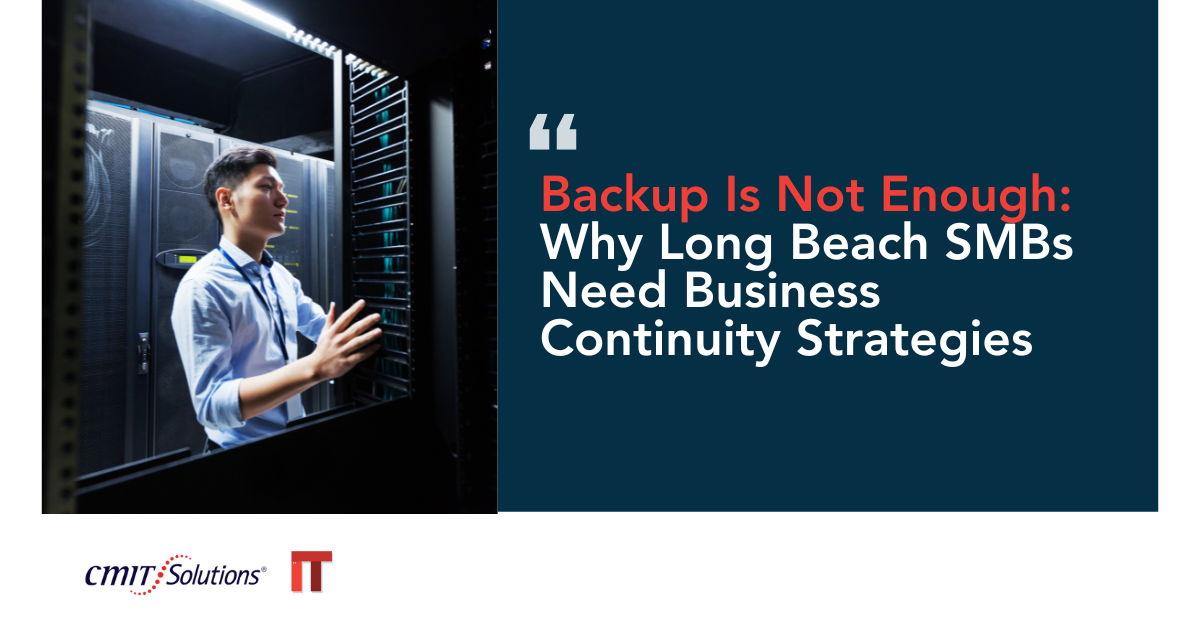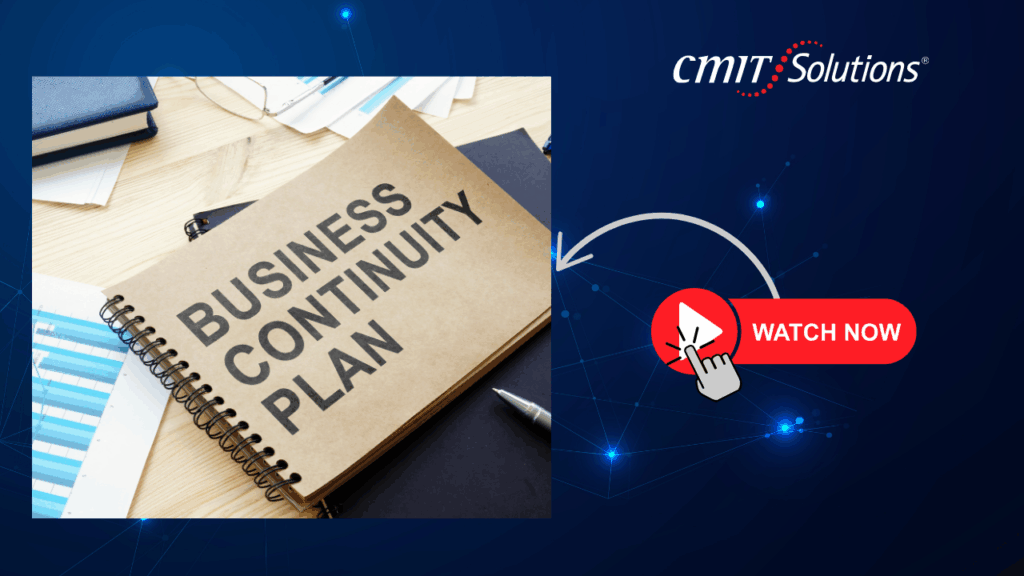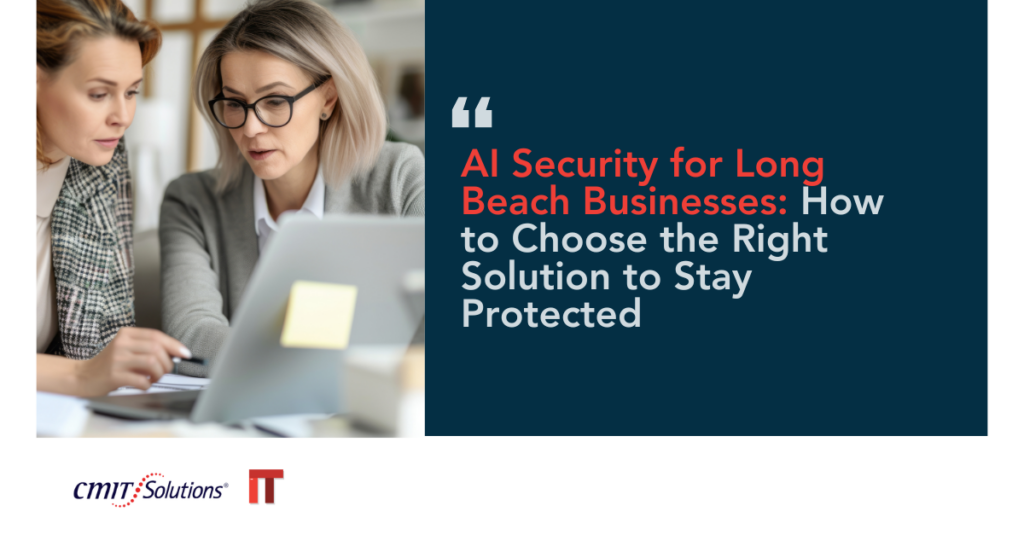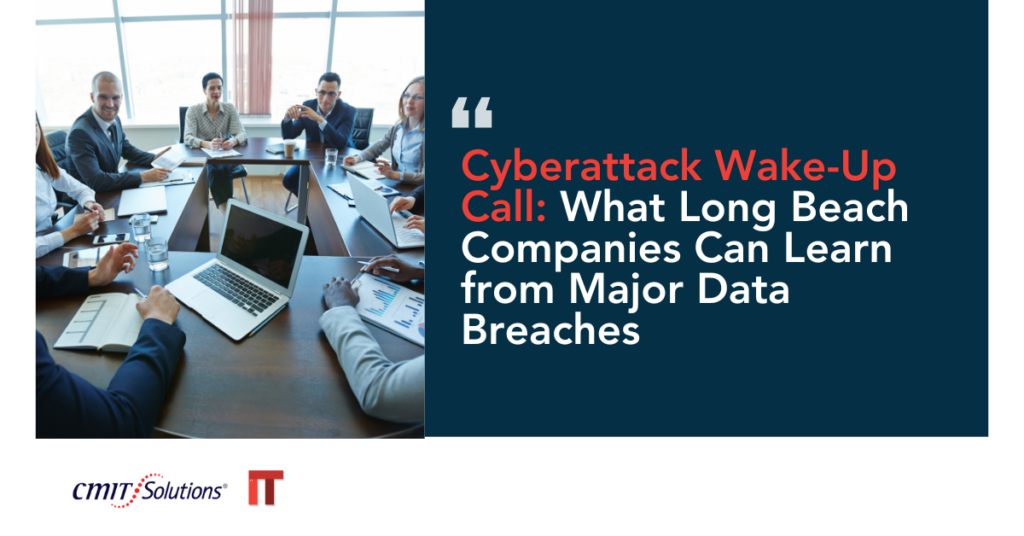For small and midsized businesses (SMBs) in Long Beach, the idea of “data protection” often starts and ends with backups. Having a copy of your files saved somewhere feels like a safety net. But in reality, backup is just one piece of the puzzle.
A true business continuity strategy goes beyond restoring files it’s about keeping your operations running no matter what happens, whether that’s a cyberattack, hardware failure, natural disaster, or human error. Without this broader plan, a business might have its data but still face days or even weeks of costly downtime.
The Difference Between Backup and Business Continuity
A backup simply means you have a copy of your data stored somewhere on-premises, in the cloud, or both. But a backup alone won’t tell you how quickly you can get that data back, or how you’ll operate while systems are being restored.
Business continuity includes:
- Data recovery timelines (Recovery Time Objectives).
- Process restoration so employees can work even during outages.
- System redundancy to keep critical operations online.
It’s similar to the difference between saving a file and knowing how to open it and use it instantly during a crisis a distinction many SMBs don’t make until it’s too late.
Why Backup Alone Fails During Real Crises
Even with reliable backups, businesses can experience devastating downtime. A ransomware attack, for instance, might encrypt both your live data and your backup copies if they’re not properly isolated.
We’ve seen this in cyber threat cases where attackers intentionally target backup systems to leave companies with no choice but to pay.
Natural disasters create another problem—if your backup is stored locally and your office floods, burns, or loses power for days, your data is inaccessible until you can physically retrieve and restore it.
Core Components of a Business Continuity Strategy
A robust plan blends technology, process, and people:
- Multiple backup types: On-site for speed, off-site or cloud-based for resilience.
- Failover systems that automatically switch to a secondary environment.
- Clear communication plans for employees, customers, and vendors.
- Regular testing of restoration processes to ensure they work under pressure.
How Cybersecurity Fits Into Continuity
Cybersecurity isn’t just about preventing breaches it’s about ensuring you can recover from them quickly. Ransomware, phishing, and insider threats can all bring operations to a halt.
Continuity planning integrates security tools like MDR and SIEM to detect threats early, isolate impacted systems, and trigger recovery protocols.
Pairing advanced detection with passkey authentication ensures that even if attackers get credentials, they can’t easily disrupt systems.
The Role of Cloud in Business Continuity
Cloud technology has transformed how SMBs approach continuity. Instead of relying solely on physical infrastructure, businesses can host applications, files, and even full desktops in secure, redundant environments.
This is especially powerful when combined with flexible cloud solutions that allow employees to log in from anywhere and continue working regardless of local outages.
Why SMBs in Long Beach Are at Higher Risk Without Continuity
Long Beach SMBs face a unique combination of risks earthquake vulnerability, coastal weather events, and the same global cyber threats that target large corporations.
A company might recover its files in a few days, but if it takes a week to restore systems and reconnect customers, the financial and reputational damage is already done. For service-based businesses, every hour of downtime can mean lost contracts and missed deadlines.
Integrating Continuity Into Everyday Operations
The best continuity plans aren’t hidden in binders they’re built into daily workflows. That means:
- Employees know where to access emergency resources.
- Critical systems are monitored for uptime 24/7 through proactive IT support.
- Backup health checks are automated and verified.
When continuity becomes part of the culture, responses to disruptions are faster and more confident.
New Subtopic 1: Testing The Missing Link in Most Continuity Plans
One of the biggest mistakes SMBs make is failing to test their continuity strategies. A backup may seem fine until you try to restore it and find corrupted files or missing data.
Regular testing should simulate different scenarios a cyberattack, hardware failure, or full site outage to ensure the plan works. Testing also gives employees practical experience so they know exactly what to do when an actual crisis occurs.
New Subtopic 2: How Managed IT Makes Continuity Easier
For many SMBs, managing continuity in-house is unrealistic. That’s where partnering with a provider experienced in cybersecurity without compromise comes in.
Managed IT services can:
- Automate backup scheduling and verification.
- Maintain redundant systems ready for failover.
- Monitor for disruptions and initiate recovery immediately.
This shifts the burden from internal teams to specialists who manage continuity full-time.
What Happens Without Business Continuity
Without a tested continuity plan, SMBs risk:
- Prolonged downtime despite having backups.
- Permanent data loss from untested recovery systems.
- Regulatory penalties if sensitive data is exposed.
These are the same vulnerabilities that IT challenges aim to address, but continuity provides a more holistic safety net.
Conclusion: From Backup to Full Resilience
Backup is essential but it’s not enough. A true business continuity strategy ensures that your Long Beach SMB can keep serving customers, meeting deadlines, and protecting data even during major disruptions.
By combining reliable backups, cybersecurity, cloud solutions, and tested processes, you’re not just protecting your files you’re safeguarding your entire operation. And with the right planning, you can turn potential downtime into a demonstration of resilience that strengthens your reputation.






